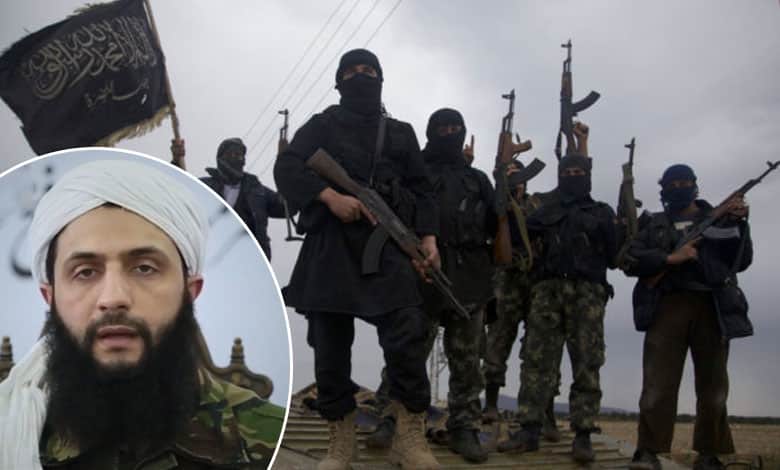Who Are the Syrian Rebels Behind the Fall of Aleppo? Hayat Tahrir al-Sham’s Key Role in Overthrowing 50 Years of Assad Family Rule
The Syrian government collapsed early Sunday, falling to a lightning rebel offensive that seized control of Damascus, sending crowds into the streets to celebrate the end of the Assad family's 50-year rule.

The Syrian government collapsed early Sunday, falling to a lightning rebel offensive that seized control of Damascus, sending crowds into the streets to celebrate the end of the Assad family’s 50-year rule. Syrian state television aired a statement from a group of men declaring President Bashar Assad’s overthrow and the release of all detainees from prisons. The opposition group known as the Operations Room to Conquer Damascus urged citizens and opposition fighters to preserve state institutions of “the free Syrian state.”
This historic turn of events, which saw the rapid advance of opposition forces from Idlib to Damascus in just a few days, marked a dramatic shift in the Syrian civil war. The rebellion’s success was largely driven by Hayat Tahrir al-Sham (HTS), the dominant faction in the opposition, formerly known as Jabhat al-Nusra. Once aligned with al-Qaeda, HTS severed ties with the group in 2017, rebranding itself and evolving its military and political strategies. HTS controls much of northwest Syria and, with an estimated 30,000 fighters, is a powerful force that now exercises significant economic control, particularly over vital resources like petroleum and the Bab al-Hawa border crossing with Turkey.
HTS has also established its own administration in Idlib under the Syrian Salvation Government (SSG) and has recently expanded its influence on other regions, including Aleppo. The group’s leader, Abu Mohammed al-Golani, has made efforts to reshape the group’s image, distancing itself from its radical past and vowing to embrace pluralism and religious tolerance. While HTS’s role in the rebel offensive has been central, other factions, such as the National Front for Liberation (NFL), Ahrar al-Sham, and Jaish al-Izza, have also contributed significantly to the advance. These groups, though ideologically diverse, united to counter government advances, weakening Assad’s grip on key regions.
Also Read: Bashar al-Assad Flees Syria as Rebels Capture Damascus; Thousands Celebrate Freedom
The swift success of the rebel forces, which saw the fall of Aleppo, Hama, and even Damascus, has stunned many. Opposition fighters quickly overwhelmed government defenses, and in the streets of Damascus, celebrations erupted as Assad’s forces abandoned their posts. Looters broke into government buildings, and videos showed families wandering into the presidential palace, carrying household items. As daylight broke, crowds prayed and chanted anti-Assad slogans, marking the end of an era of brutal regime rule.
Despite the jubilation, the situation remains precarious. The rapid collapse of Assad’s government has prompted fears of potential chaos. Groups like HTS are now faced with the monumental task of stabilizing the country, ensuring the survival of newly liberated areas, and navigating complex political dynamics. The UN has called for urgent talks to facilitate an orderly political transition, and experts like Dareen Khalifa from the International Crisis Group note that while HTS leader Golani’s efforts have sparked hope, the group’s future role in Syria’s reconstruction remains uncertain.
HTS’s shift towards a more inclusive governance model is crucial, as it could determine the future stability of Syria. The insurgents, with their complex network of alliances and shifting ideologies, now find themselves at a crossroads. Will they be able to maintain unity among the various factions and establish a pluralistic state, or will their past associations with extremism continue to haunt their efforts? Only time will tell as Syria enters a new chapter of its ongoing conflict.
As the Syrian opposition continues to make territorial gains, additional operations like Dawn of Freedom are underway, targeting regions like northeast Syria. With Assad in hiding and his regime crumbling, the dynamics of the civil war are rapidly changing. International attention is focused on the potential for a political transition, and the future of Syria will depend on how the opposition groups, particularly HTS, navigate the delicate task of governing and unifying a fractured nation.
